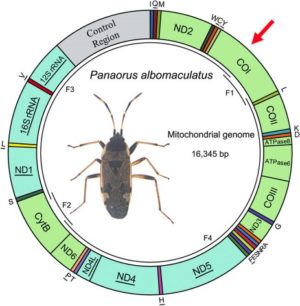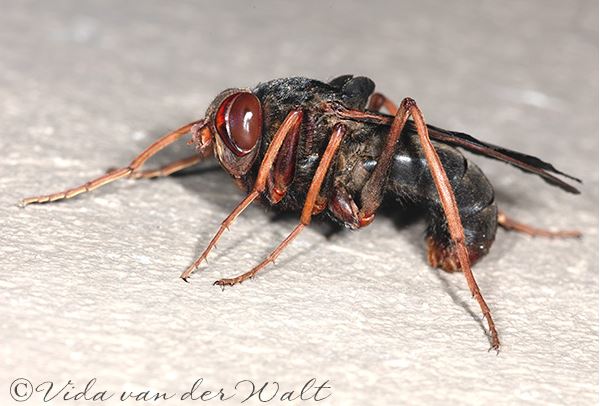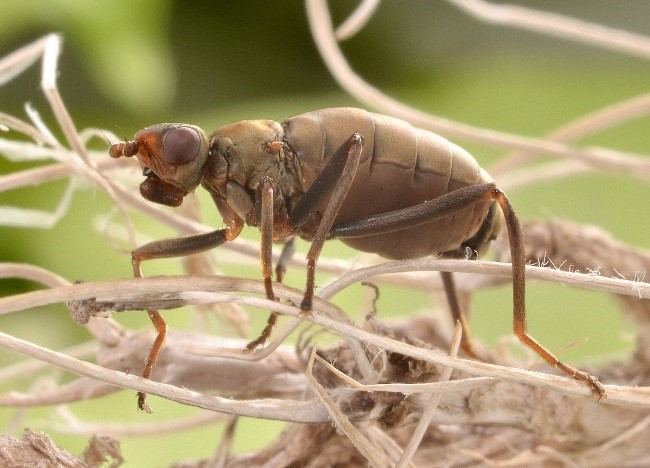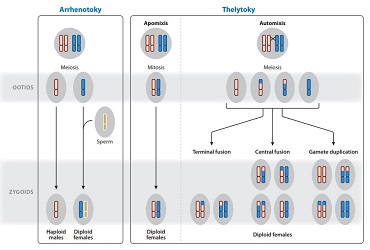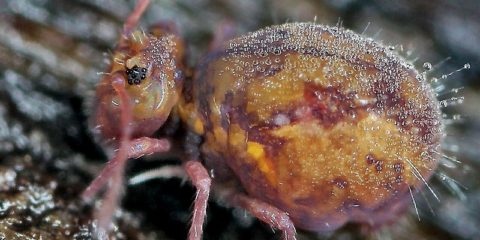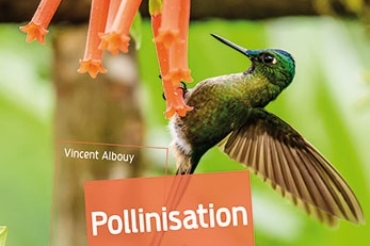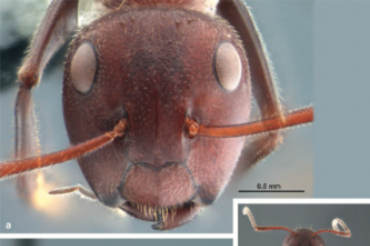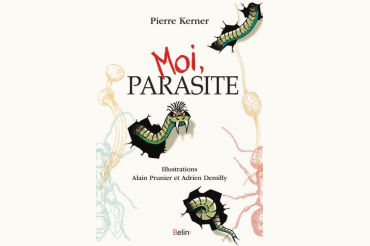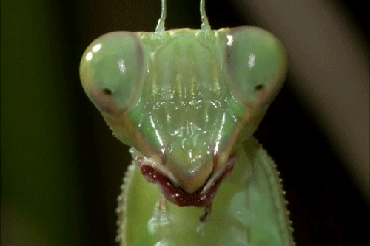by Philippe GARCELON This article is based on the work done by the researchers David Porco, and Louis Deharveng (National Museum of natural history) who exploit the genetic tool and were kind enough to send me documents related to their research on Springtails. Introduction Despite the emergence of genetic identification techniques, on the basis of the DNA…
Author: Benoît GILLES
Gyrostigma Rhinocerontis: His larva lives in the rhino’s stomach
by Benoit GILLES There are five species of rhinoceros, two in Africa: the White Rhinoceros (Ceratotherium simum) and the Black Rhinoceros (Diceros bicornis), and three in Asia: the Indian Rhinoceros (Rhinoceros unicornis), the Java Rhinoceros (Rhinoceros sondaicus) and the rhinoceros Sumatra (Dicerorhinus sumatrensis). These species are all in the process of degradation due to the…
The Entomofauna of the French subantarctic islands
by Maurice Hulle The Subantarctic islands, among the most isolated in the world, harbour a small number of native terrestrial invertebrates which, in the course of their evolution, have developed specific biological adaptations, the most notable of which is the loss of The flight function in insects. Since their recent discovery and, above all, since…
Parthenogenesis in insects: synthesis
by Benoit GILLES In order for them to multiply, nature has endowed living organisms with a wide diversity of reproductive systems. In insects, one of these strategies is parthenogenesis. This is based on the development of individuals from unfertilized gametes, thus without the need for fertilization. This strategy is interesting for more than one reason:…
Collembola: small mysterious insects
By Philippe GARCELON Presentation I call myself Philippe Garcelon and now lives in the Toulouse region. I was born in a small village in Cantal and in the 1960’s and 70’s, a lot of my distractions were just nature escapades. I was already starting my first insect collections. Unfortunately I will leave my “playground” for…
Be versatile or specialize? The choice of flowers and their pollinators
By Vincent ALBOUY Specialization/Generalism Specialization is defined as physical, biological and/or behavioural adaptation to a small group of partners. Bryona dioica (Bryona dioica), a wild Cucurbitaceae, flowers in spring in hedges and wastelands. Its greenish-white flowers attract various collectors. Among them, a small blackish bee marked with red, andrène de la bryone (Andrena florea), visits…
Claude Dejoux: a career in the name of entomology
Interview of Claude Dejoux Wetland entomologist IRD Retiree – Chad – Bolivia – Mexico Professional career path Fascinated since childhood by the “things of nature”, I opt for a scientific baccalaureate called at the time “Modern Prime”. With this last diploma in my pocket, I set off in search of a training course in which…
Colobopsis explodens: a detonating ant!!
In the already surprisingly diverse world of ants: morphology, behaviour, adaptation and ecology (read these articles Cataglyphis ; Atta ; Eciton ; Cephalotes ; Force), is added the description of a new species to the capacity of the most singular, that of being able to be literally exploded as a means of defense ! Described…
Moi Parasite : the book of Pierre Kerner
With the publication of his book,”Moi, parasite”, Pierre Kerner finally offers a forum to organizations too often despised just because they live at the expense of other species. Meet a multitude of parasites of all kinds, including insects. These stories will leave no one indifferent and will delight the curious in search of strong sensations:…
Insect Vision – Part 3: Physiological receptors, colours and polarization
The eyes (vision), in their diversity of form and structure, allow any organism (invertebrates and vertebrates) to collect light energy (photons), convert it into electrical energy which will then be transmitted to the brain via neurons where it will be analyzed and interpreted to give birth to a mental representation of the environment to the…

